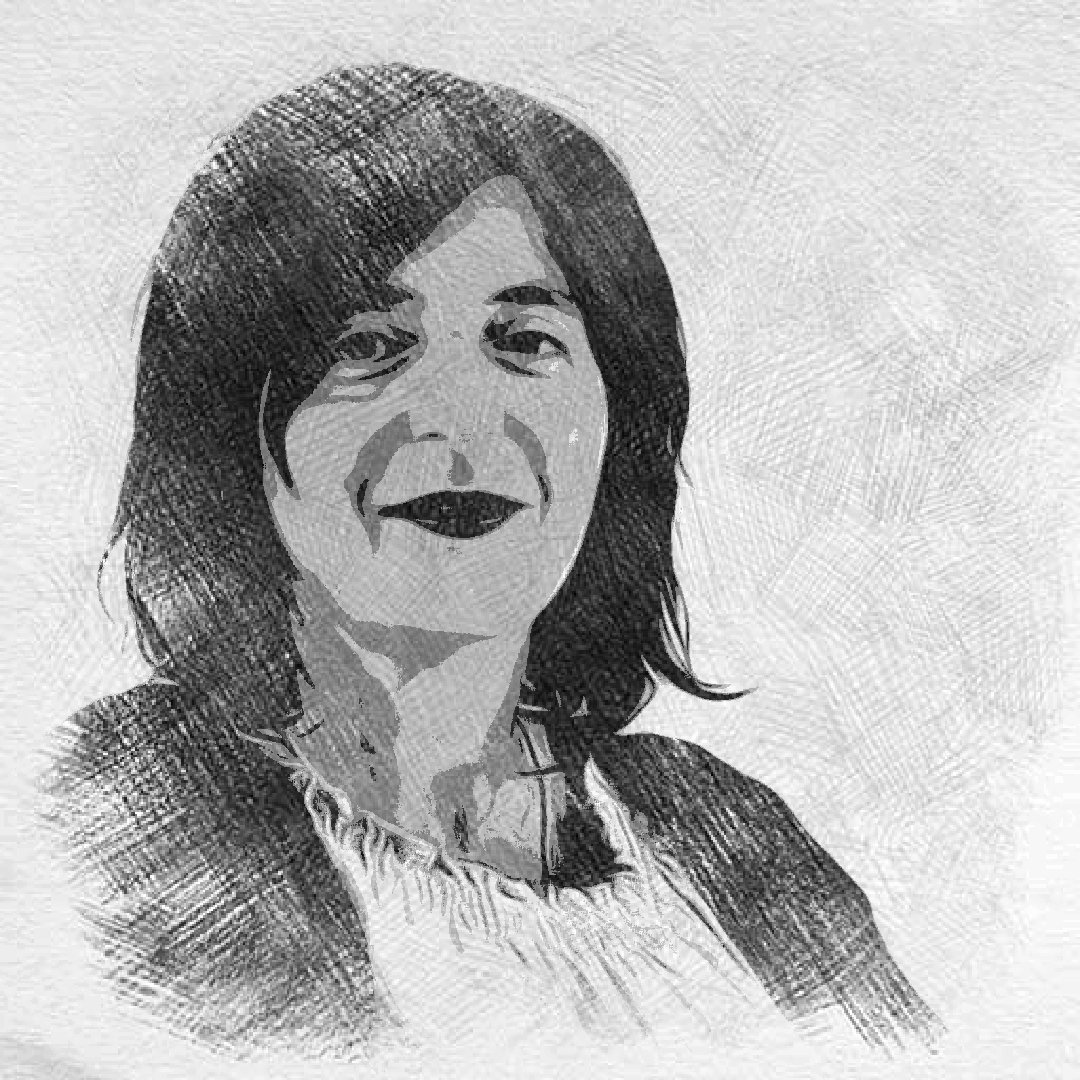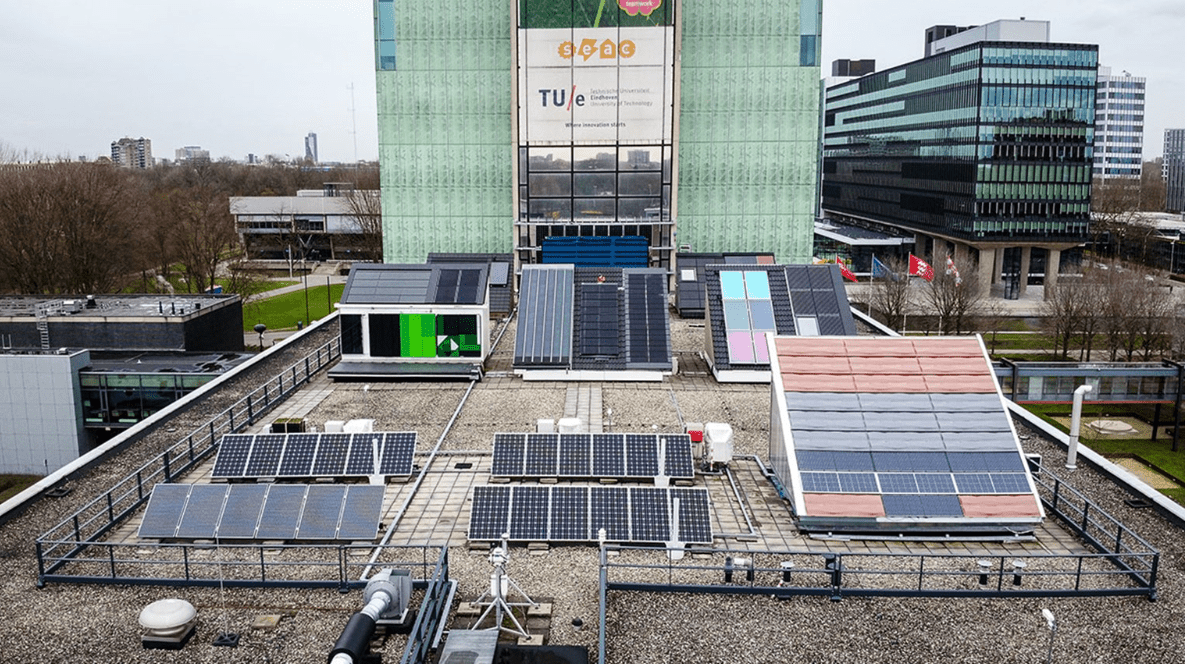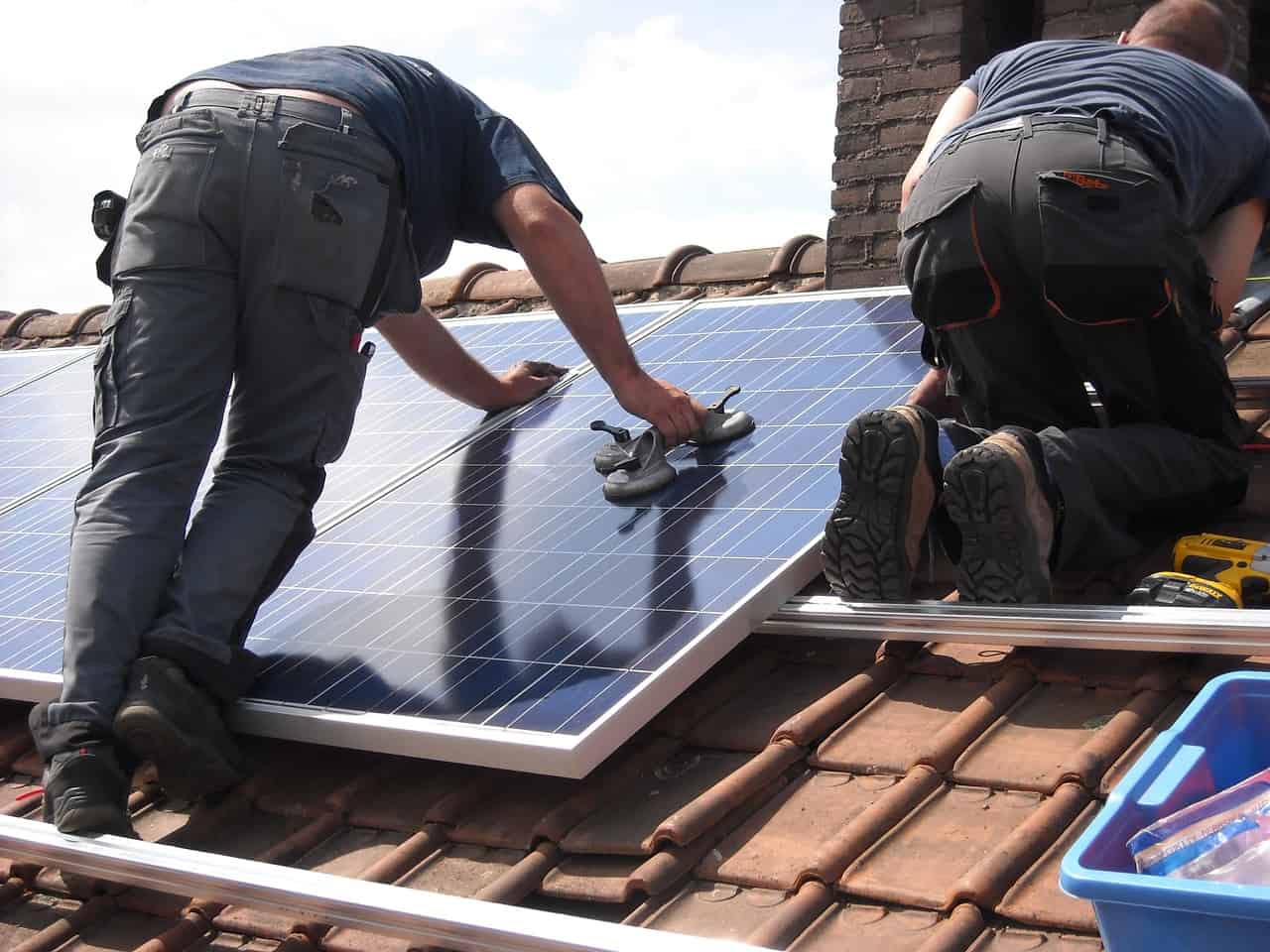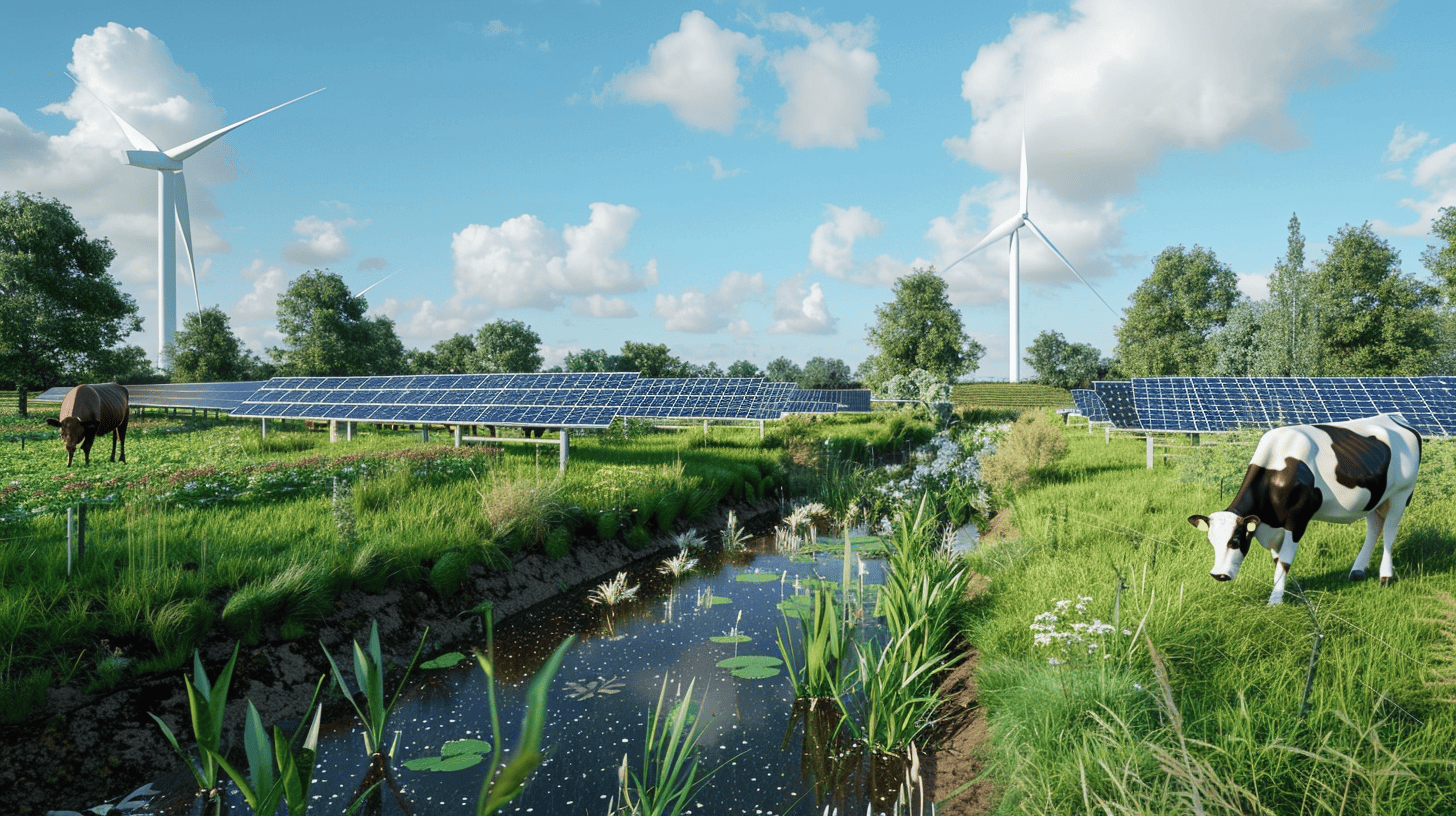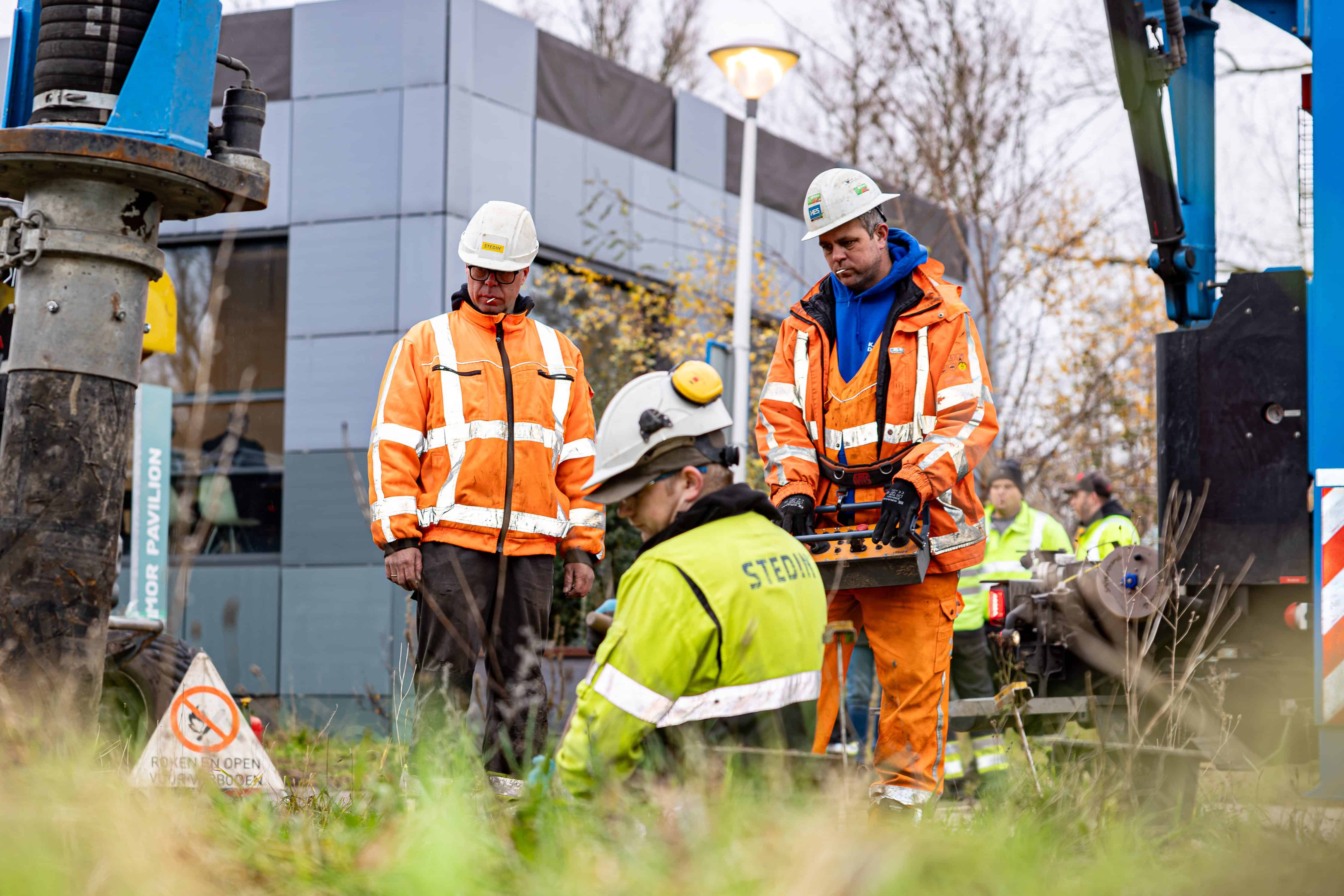
The sustainable renovation of monumental buildings calls for all manner of measures. But whether it’s a centuries-old canal house or a farmhouse in North Holland, or monuments with historical value such as churches, museums, mills or country estates: special rules apply to monumental buildings. For example, solar panels on listed buildings are not allowed to be visible from the public road. In addition to the laws and regulations, in the case of old buildings, you also have to deal with architectural and structural restrictions. Also, factors such as the load-bearing capacity of the roof can play a role.
Energy transition
According to Jeroen Twisk, architectural advisor for monuments and until recently director of the historic building preservation association Monumentenwacht North-Holland, this is also the reason why people are still somewhat cautious about the issue of sustainability where monuments are concerned. “The world of monuments is not really at the forefront of the energy transition. Most building owners do want to make their buildings more sustainable, they just don’t know how. Where should they start? It is also a difficult dilemma: what changes are you going to make to a building? And how does this tie in with preserving their monumental character and values?”
There are certain things that simply cannot be done in monumental buildings, as Twisk knows from experience. “With old windows, for instance, you are often dealing with window recesses where insulation glass is impossible to fit. In these cases, vacuum glass provides a solution, for example, or a rear window may have to suffice. So, you have to think very carefully in advance about what you can and cannot do. Because you can only replace something once. That is what this kind of sustainable renovation is all about: making the right choices. And looking at what will have the best possible result.”
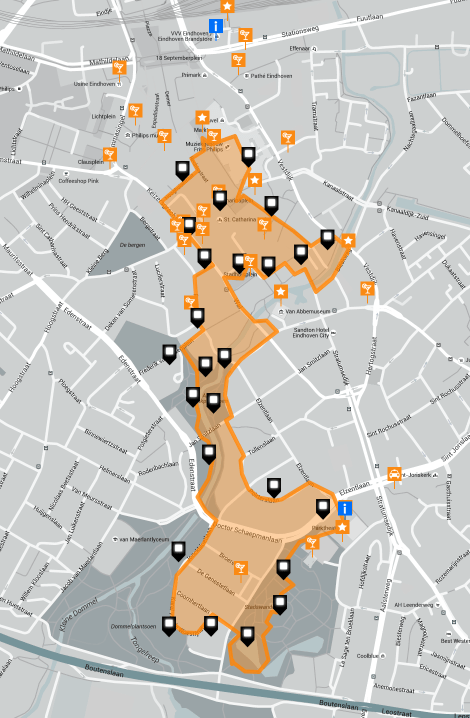
Integral approach
This is where the Advisory Tool for Making Monuments Sustainable, developed by De Groene Grachten, can help building owners. “With this advisory tool, guardians of monuments and other heritage professionals can draw up a sustainable plan for all kinds of monuments,” says Suze Gehem, founder and director of De Groene Grachten. “It’s a follow-up to our Green Menu Map and Sustainable Monument Self-Scan. These are platforms aimed at monument owners to help them get started. The Advisory Tool for Making Monuments Sustainable, intended for professionals, goes a step further. The database contains information about the preservation of heritage properties and making them sustainable as well as the regulations of around 50 municipalities, funding and subsidy options. In addition, everything used to be done manually in our consultancy work, but now the consultant can use a tablet which is linked to the database and which automates all sorts of process steps. That works much more efficiently!”
Sustainability plan

The goal is to provide all of the 120,000 listed building owners in the Netherlands with one of these sustainability plans within the next three years. The Monumentenwacht, responsible for the inspection and maintenance of 20 percent of all Dutch listed buildings, is involved in its rollout.
“Gehem: “As a national organization with ten regional branches, they are in a position to draw up such a sustainability plan together with the property owners and coordinate with the maintenance activities already planned. It always starts off with an informal meeting with the building owner, where together you try to create insight into the aims and opportunities for increasing sustainability. At De Groene Grachten, we also make use of the tool for our own tailor-made advice. We also provide training to the listed building inspectors and various other parties on the use and application of the advisory tool.”
Despite the fact that there are certain common features between the various types of buildings, every monumental building is different. This necessitates a customized approach, which, according to Twisk, boils down to working out things in detail. “This entails looking more closely at the roof, facade, floor structures and facade openings, such as windows. What are the structural and technical consequences of a particular modification? But also: what about the monumental value of that particular component? This leads to all kinds of concrete recommendations concerning the materials and techniques to be used. In the end, it is a matter of customized work.”

Smart technology
Experience in making more than a thousand monumental buildings more sustainable has provided De Groene Grachten with a wealth of knowledge and expertise. And although Gehem agrees that every monument is different, over time all sorts of ‘tricks’ have been discovered that other building owners can take advantage of.
“For one thing, we are helping to draw up and implement the sustainability plans for a large number of cultural institutions and civic-minded properties, including the Melkweg in Amsterdam, the Singer Museum in Laren and the Teylers Museum in Haarlem. In the process, all kinds of technologies come to light that are perfectly suited for use in comparable monumental buildings. Climate control in museums, which also incorporates ventilation, is a good example of this. It leads to a lower consumption of energy but also to an optimal indoor climate. This prevents, among other things, wood rot developing in the old beams due to moisture.”
Another fine example that Gehem cites is heat recovery. “At the Melkweg, for instance, the released heat from the refrigerators and ice-cube machines is no longer pumped into the outside air but reused to heat the dressing rooms. Waterless urinals have also been installed, saving 1.4 million liters of clean drinking water on an annual basis.”
Creative solutions
Admittedly, a lot is possible, Twisk concurs. However, these are mostly exterior modifications. “Such as generating electricity with solar panels, where possible, but also for the generation of heating. Geothermal energy is also another great solution. The major challenge still is to limit heat loss through the roof and facade. Façade insulation, however, remains risky when it comes to the preservation of the historic value of the building.”
Aside from all the technical solutions, Twisk says users should also reflect on their own behavior. “That can be: having fewer expectations in terms of the indoor temperature. But also coming up with creative solutions for conserving energy. For instance, inside a church, where a service is held just once a week, why wouldn’t you be able to heat and insulate it in localized areas?”
Profit
There is much to be gained by making monuments more sustainable. For instance, the Sustainability Route Map for Monuments, part of the Climate Table on the Built Environment, calls for a CO₂ reduction of 40 percent by 2030 and 60 percent by 2040. The advisory tool can make a substantial contribution to this.
In addition to energy transition targets, making monuments more sustainable is also good news from a cultural-historical perspective, Twisk says. “Ultimately, it’s also about making our cultural heritage future-proof.”

